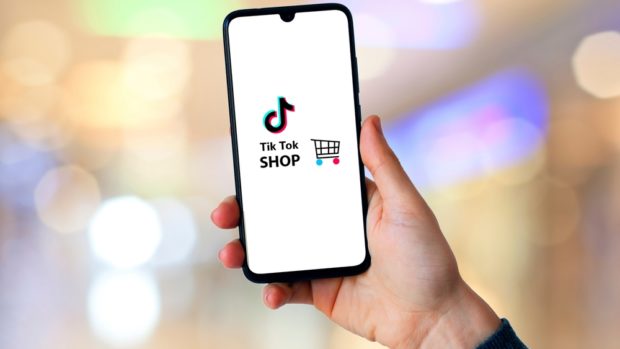
Customers of leading direct-to-consumer (DTC) brands in sectors such as fashion and beauty say reviews (76 per cent), discounts (70 per cent) and photos (61 per cent) are among the top factors that make it easier for them to make purchase decisions according to new research. 63 per cent also reveal they are more likely to make purchases from brands whose websites integrate social proof in the form of content other customers share about the brands on social media.
And while Voice is still a relatively new channel, one out of four (25 per cent) of DTC brand customers who were polled say they are making voice purchases (5 per cent often and 20 per cent sometimes).
The study was conducted by AI-powered commerce experience platform, Nosto, in collaboration with Yotpo, an eCommerce marketing platform, and Klaviyo, the owned marketing platform. It is based on a survey of 1,100 consumers who have had a relationship over the last 12 months with one of 50 leading direct-to-consumer brands, mostly firms within the fashion and beauty sectors.
Most customers want to interact across multiple channels
The survey suggests that people generally interact with DTC brands on multiple channels (only 20 per cent of the sample say they stick with a single channel). However, the most popular choice for digital interactions is the brands’ own website (53 per cent) followed by email (12 per cent) and social media (11 per cent). Very few shoppers care to interact with the brands via their native apps (8 per cent) or through SMS or direct mail (both 1 per cent) while 14per cent say they like to interact with DTC brands in-store.
Despite 63 per cent of DTC brand customers revealing they are more likely to purchase from brands who feature social proof (such as reviews, user-generated content) on their websites, over a third (36 per cent) said they were not seeing it on the brand websites they visit.
And with email being a popular interaction channel, 53 per cent of consumers said they received emails from DTC brands weekly and 38 per cent daily. Unsurprisingly, discount offers (64 per cent) are what motivates them most to open emails from brands, with valuable content (13 per cent) coming second.
“Social proof, reviews, images and email all need to feed into the overall goal of making the shopping experience relevant and easy for customers,” said Jim Lofgren, Nosto’s CEO. “While the analysis suggests DTC brands are having some success in this, it also points to areas where more can be done to improve relevance.”
A basic requirement for all eCommerce brands is to ensure the home page is relevant to visitors and 58 per cent of the sample said the DTC brand home pages they frequent are usually relevant. However, 15 per cent answered no to this and 27 per cent could not recall. Perhaps suggesting there is more effort needed in making the homepage experience more relevant and memorable.
Product recommendations: one in five customers find they’re not relevant
Another way of creating relevance is showing customers product recommendations, whether they are personalised based on the customers’ previous transactions or their online behaviour – or simply highlighting products that are trending or among the biggest sellers.
The majority of the brands in the sample are using some type of product recommendation – only 4 per cent of the customers say they do not see recommendations from brands. 46 per cent say they notice product recommendations on both the brands’ websites and via email. However, one in five (21 per cent) said recommendations they are seeing are not relevant.
Third of customers open to making purchases via social media
Another important finding relates to social media ads on the likes of Facebook and Instagram, which many brands are using to retarget people that have visited their websites. 44 per cent of consumers in the poll say they notice brands advertising relevant products on social media and more than a third (35 per cent) say they would like to take this further and wanted to be allowed to browse products and make purchases via social media sites. 37 per cent of the sample were indifferent about this development and only 28 per cent gave a definite no.
“It’s a fact that one of the hallmarks of great DTC brands is that they are often executing better than most retailers on personalisation initiatives,” said Lofgren. “However, there is still a gap in continuing to be more relevant and getting consumers down the path to purchase. It’s clear from the data that one of the best ways to do this is to use a comprehensive multi-pronged strategy of relevant reviews, photos, social media ads and credible user-generated content, combined with creating a relevant personalised shopping experience across all channels.”








Share